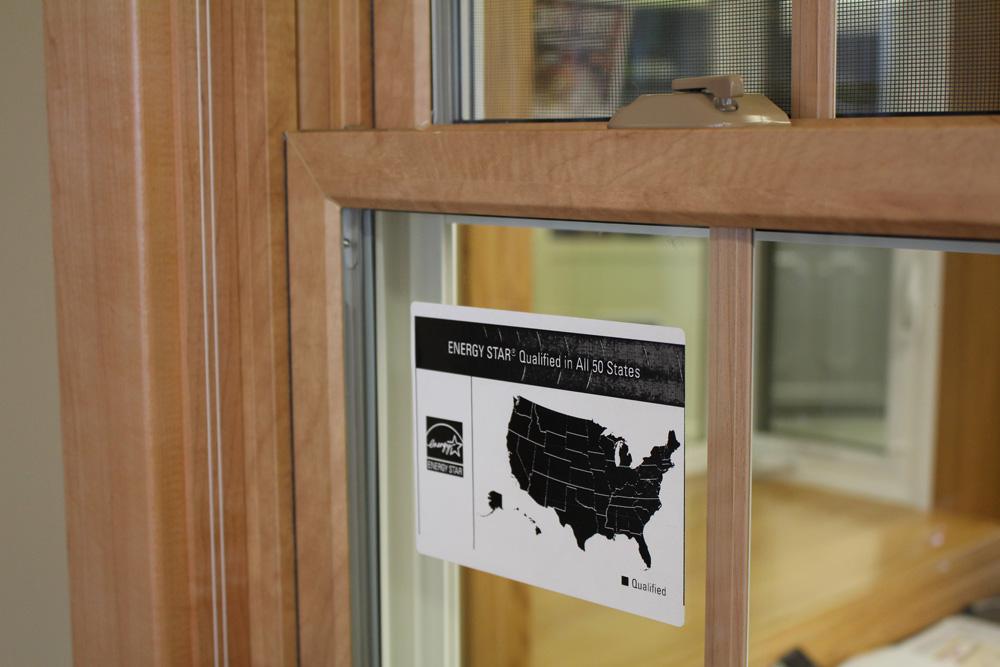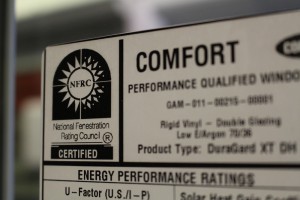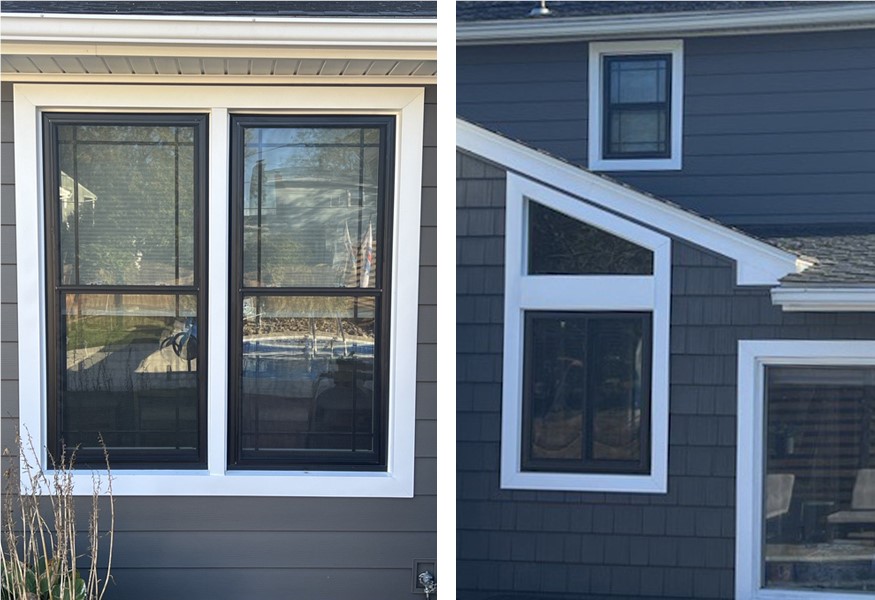
The Energy Star logo is the official indicator to consumers that a product is energy efficiency. It is a symbol that our purchasing decisions will be good for both the environment and our pocketbooks. But not all Energy Star certified products are created the same and the rating label is your guide to what will be the best choice for your home.
For replacement windows and doors to be Energy Star certified, they must first pass independent testing by the National Fenestration Rating Council (NFRC) to meet or exceed guidelines set by U.S. EPA. The test results, measuring how well a window performs in under various conditions, are required to be posted on a label on each certified product.
When deciding which products are best for your home, there are two to three key ratings you’ll find on the NFRC label:- U-factor: This is a measurement of how well the window or door block heat from the sun. The lower the number, the better. Typically U-factor values range from 0.25 – 1.25. To qualify in the Northern Climate Zone, which includes New York, a window’s U-factor must be 0.30 or less. A door’s qualification depends on the amount of glass: door with no glass must have a U-factor of 0.17 or less; doors with about 50% glass must have a 0.25 or less; and doors with more than 50% glass, a 0.30 or less.
-
Solar Heat Gain Coefficient: SHGC measure how well the product blocks heat caused by sunlight. This is measured from 0 – 1 and values generally between 0.25 and 0.80. The lower the SHGC, the less solar heat transmitted. The Northern Climate Zone requires 0.35 or lower for windows and 0.25 or less for doors. Sample Energy Star rating label
Sample Energy Star rating label - Visible Transmittance: This rating is found on window labels only and measures the amount of light the window lets through. VT is measured on a scale of 0 – 1 with values generally ranging from 0.20 to 0.80. The higher the VT, the more light you see.
Tags
Subscribe to the Comfort Windows & Doors Blog








Comments